![]()
![]()
![]()
Use LEFT and RIGHT arrow keys to navigate between flashcards;
Use UP and DOWN arrow keys to flip the card;
H to show hint;
A reads text to speech;
43 Cards in this Set
- Front
- Back
|
Definition of an Igneous Rock
|
Material cooled and solidified from a melted condition
|
|
|
What are silicates?
|
A salt in which the anion contains both silicon and oxygen, esp. one of the anion SiO42−
|
|
|
What are Volatiles?
|
Substances that are gases at low temperatures. (Chiefly water).
|
|
|
Magma
|
When cooled form plutonic (INTRUSIVE) igneous rocks.
|
|
|
Lavas
|
When cooled form volcanic (EXTRUSIVE) igneous rocks.
|
|
|
Why do magmas have different viscosities?
|
As lava COOLS, the viscosity INCREASES as the lava starts to solidify.
The more COMPLEX the silicates melted in the magma, the HIGHER the viscosity. |
|
|
Why are some eruptions from volcanoes explosive while others are not?
|
The more viscous a magma, the more volaties it can hold.
The more volatiles within a magma, the more explosive it becomes. |
|
|
What does the Bowen's Reaction Series show?
|
It shows CRYSTALLIZATION ORDER of minerals as a magma cool.
|
|
|
What are the 3 mineral compositions?
|
Felsic
Mafic Ultramafic |
|
|
Felsic
|
Igneous rock rich in light-colored minerals such as feldspar.
|
|
|
Mafic
|
Igneous rock rich in dark-colored ferromagnesia minerals (augite, hornblende), but with abundant feldspar.
|
|
|
Ultramafic
|
Igneour rock composed chiefly of dark-colored ferromagnesian minerals (especially olivine and pyroxene)
|
|
|
Fine-grained
|
One cannot see individual crystals with the naked eye
|
|
|
Coarse-grained
|
One can see crystals with naked eye (>2 mm)
|
|
|
Pegmatitic
|
Exceptionally coarse-grained crystals (approximately 1 cm or larger)
|
|
|
Porphyry
|
An igneous rock in which large crystals (phenocrysts) and very small crystals (groundmass) exist together.
|
|
|
Pegmatite
|
An igneous rock in which all crystals are pegmatitic (>1 cm) in size.
|
|
|
No crystals (glass) indicate...
|
Extremely rapid cooling
|
|
|
Small crystals indicate...
|
Rapid cooling
|
|
|
Large crystals indicate...
|
Slow cooling
|
|
|
Very large crystals indicate...
|
Slow cooling and the presence of water
|
|
|
Sill
|
Sheet-like igneous body injected parallel to the local structure
|
|
|
Dike
|
Sheet-like igneous body injected across the local structure
|
|
|
Batholith
|
Enormous body of granitic rock exposed at the surface by erosion
|
|
|
Stock
|
A small batholith
|
|
|
Columnar Joint
|
Polygonal columns developed in basalt as it cools and shrinks
|
|
|
Vesicles
|
Remnant gas bubbles in a volcanic rock
|
|
|
Caldera
|
Very large collapse depression usually filled with water
|
|
|
Composite volcano
|
Contains alternating layers of lava and pyroclastic debris
|
|
|
Fissure flow
|
Lava comes from extended fissure instead of a vent
|
|
|
Shield volcano
|
Large, gentely shloping volcano due to basalt (low viscosity) flows.
|
|
|
Cinder cone
|
Small, steeply sloping volcano made up of pyroclastic debris
|
|
|
Tuff
|
Explosively formed, fine-graned volcanic rock welded together
|
|

|
Name: Peridotite
Mineral Composition: ultramafic Intrusive |
|
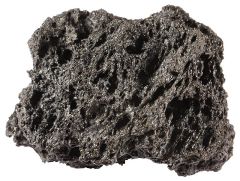
|
Name: Scoria
Mineral Composition: mafic Extrusive + vesicles |
|
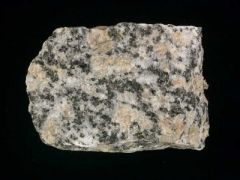
|
Name: Granite
Mineral Composition: felsic Intrusive |
|
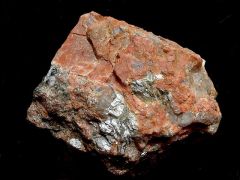
|
Name: Granite Pegmatite
Mineral Composition: felsic Intrusive |
|
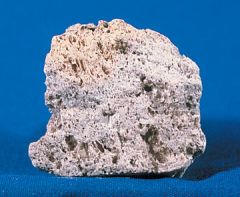
|
Name: Pumice
Mineral Composition: Felsic Extrusive + Vesicles |
|
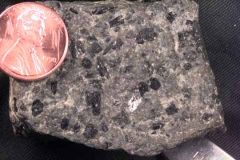
|
Name: Andesite Porphyry
Mineral Composition: intermediate Extrusive |
|

|
Name: Basalt
Mineral Composition: Mafic Extrusive |
|
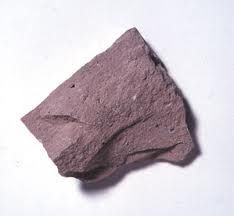
|
Name: Rhyolite
Mineral Composition: Felsic Extrusive |
|
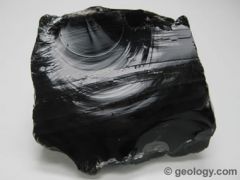
|
Name: Obsidian
Mineral Composition: Felsic Extrusive, glassy |
|

|
Name: Gabbro
Mineral Composition: Mafic Intrusive |

